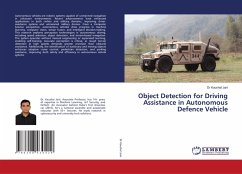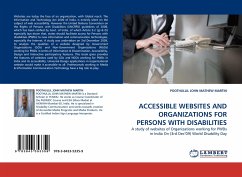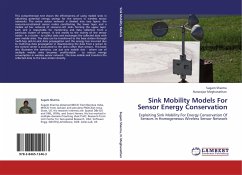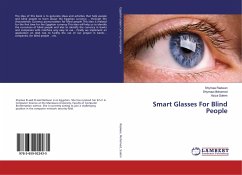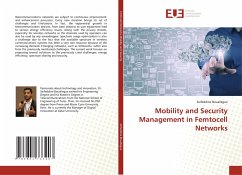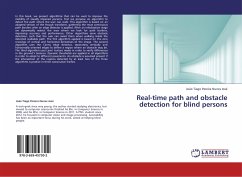
Real-time path and obstacle detection for blind persons
Versandkostenfrei!
Versandfertig in 1-2 Wochen
26,99 €
inkl. MwSt.

PAYBACK Punkte
13 °P sammeln!
In this book, we present algorithms that can be used to improve the mobility of visually impaired persons. First we propose an algorithm to detect the path where the user can walk. This algorithm is based on an adapted version of the Hough transform, gathering the most continuous path borders after an edge detector is applied. After an initialization stage we dynamically restrict the area where we look for path borders, improving accuracy and performance. Other algorithms serve obstacle detection, such that the user can avoid them when walking inside the detected walkable path. The first algor...
In this book, we present algorithms that can be used to improve the mobility of visually impaired persons. First we propose an algorithm to detect the path where the user can walk. This algorithm is based on an adapted version of the Hough transform, gathering the most continuous path borders after an edge detector is applied. After an initialization stage we dynamically restrict the area where we look for path borders, improving accuracy and performance. Other algorithms serve obstacle detection, such that the user can avoid them when walking inside the detected walkable path. The first algorithm applied is based on the zero crossings of vertical and horizontal derivatives of the image. The second algorithm uses the Canny edge detector, separating vertically and horizontally oriented edges to define a region where an obstacle may be. The third algorithm uses Laws' texture masks in order to verify differences in the ground's textures. Dynamic thresholds are applied in all algorithms in order to adapt to different pavements. An obstacle is assumed present if the intersection of the regions detected by at least two of the three algorithms is positive in three consecutive frames.




